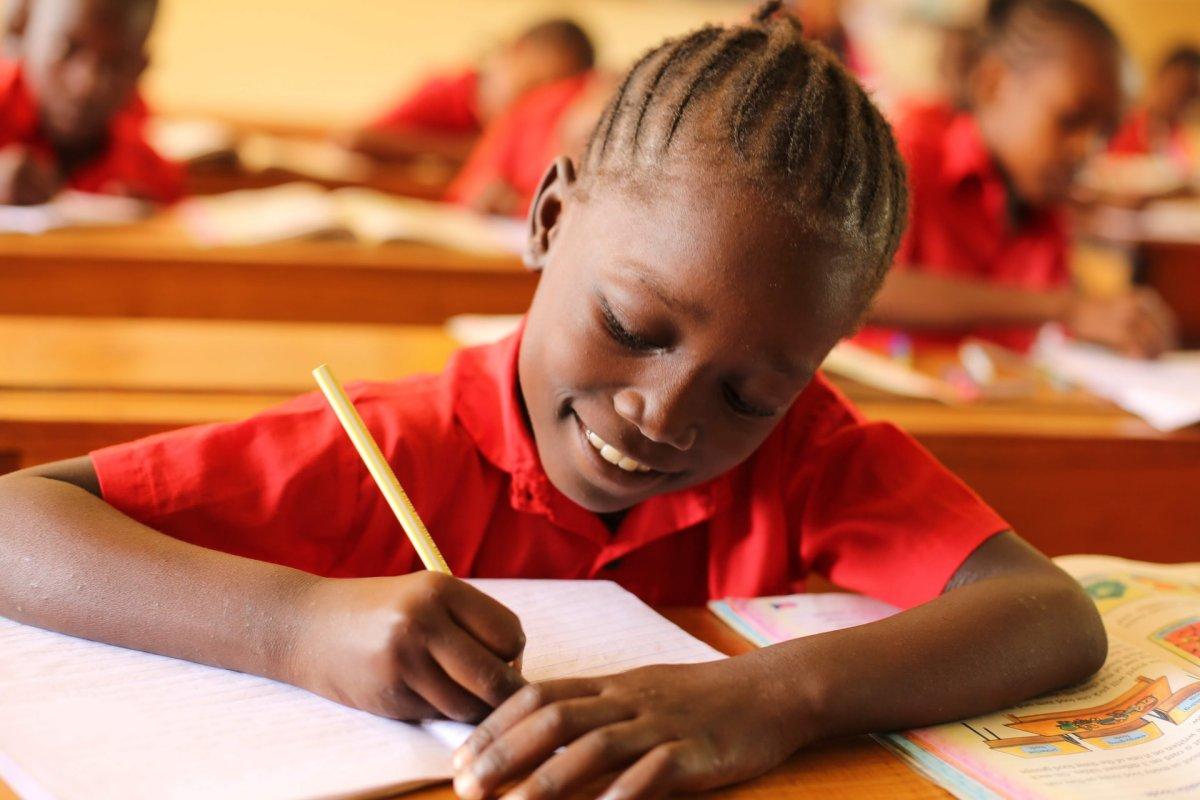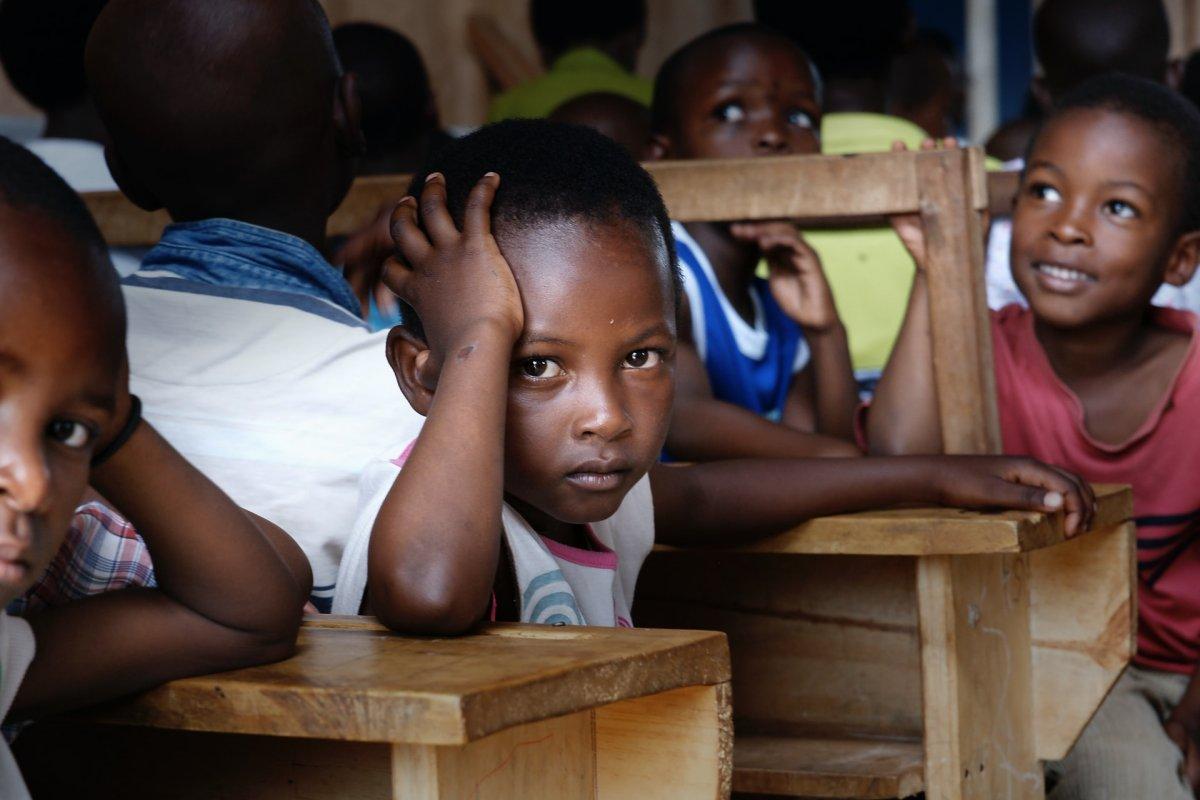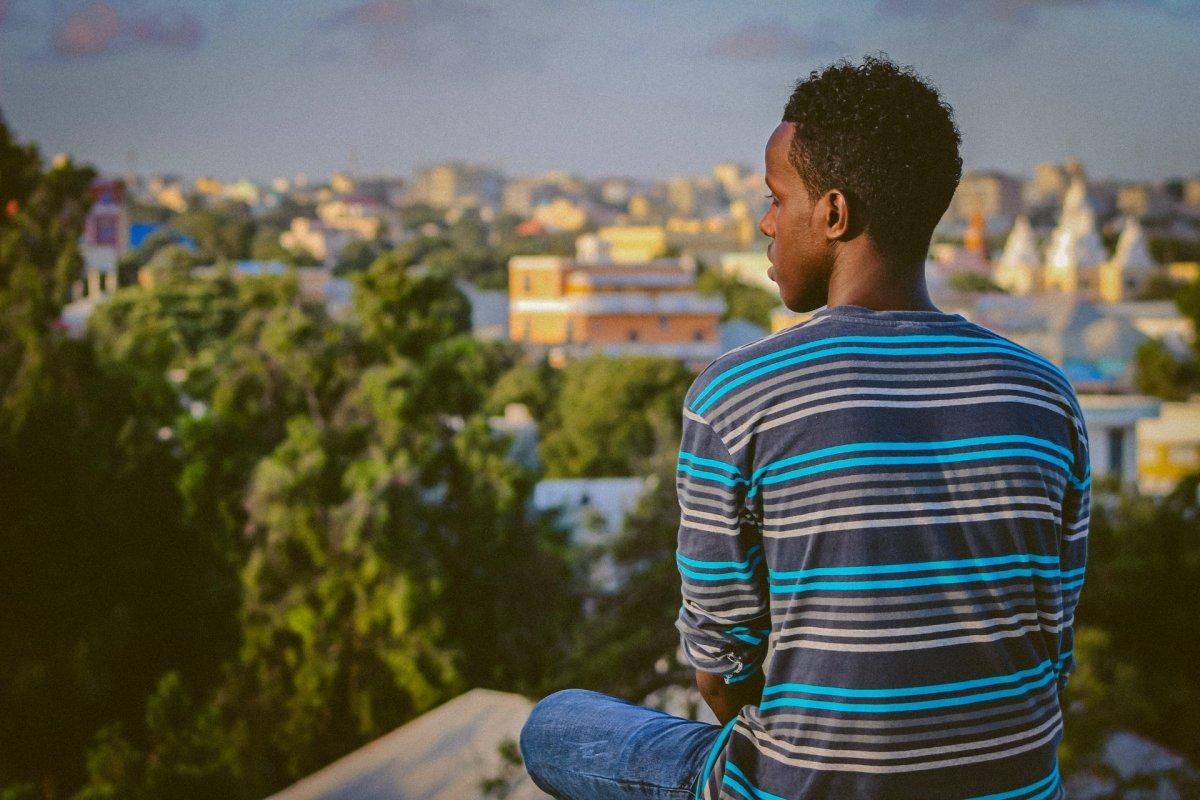17 Interesting Zambia Education Facts
Did you know that only primary school is free in Zambia? Or that education in Zambia is in English?
Discover everything through these 17 interesting Zambia education facts! 🇿🇲 🎓
The Best Facts About School in Zambia
Zambia is a landlocked country in the southern part of Africa, which means it is not connected to an ocean. It is bordered by Tanzania, Malawi, the Democratic Republic of Congo, and Mozambique, among others. Its capital city is Lusaka, which has more than 1,747,000 inhabitants.
An interesting part of the country that I wanted to tackle is its education. In light of that, I have listed my 17 best facts about the education system in Zambia, and I hope you will love them:
1. Primary school completion is almost universal in Zambia
Zambia has made one of the greatest achievements it could regarding its education: having almost universal primary school completion levels. More precisely, there is a rate of 91.8 percent at the end of grade 7.
However, there are still major disparities in the country.

2. There are drastic differences between regions in Zambia’s education system
Sadly, depending on where you are situated in Zambia, there are major disparities in terms of education.
For instance, in the northern region, there is only a rate of 81.3 percent in the northern region, and a rate of 78.6 percent in the region of Lusaka.
3. Transitioning from primary school to secondary education remains a problem in Zambia
One of the biggest issues that Zambia has to solve concerning its education system is the fact that transitioning from primary to secondary school remains quite rare: only 67.5 percent of students who completed primary education pursue their studies in secondary institutes.
4. School fees are added in secondary school in Zambia
While there is a general lack of places to accommodate all primary school graduates, another reason for them to drop out at the end of primary education is the fact that school fees are introduced after grade 7.
Many Zambian families simply cannot afford school materials, transportation, and other expenses.

5. There has been a lot of improvement, but the quality of education is still a challenge
Despite all the recent and significant improvements, the quality of education in Zambia is still a major challenge.
The national goal is to reach an average score of 40 percent in language and mathematics, but it has not been reached yet.
6. Later grades are also hard to graduate from in Zambia
The educational challenges in Zambia are not exclusive to primary school: only 55.3 percent of children graduate from grade 9. And for grade 12, it is still relatively low, at 64.8 percent.
This is mostly due to the poor quality of education.
7. Zambian girls are hugely disadvantaged compared to their male counterparts
Like in many other African countries, the gender gap is huge when it comes to education in Zambia.
Girls largely drop out of primary school, and sometimes of secondary school as well. They rarely transition to secondary and upper secondary education on top of that.
8. The secondary level is a serious problem for Zambian girls
Zambian girls are having a really hard time in secondary school, for the few ones that actually reach it.
Because of a lack of proper facilities, their menstrual hygiene is compromised. Also, teenage pregnancy and child marriage are very serious issues.

9. Preschool is optional in Zambia
One of the ways the government could change the future of the country would be to raise awareness of early childhood development.
In Zambia, preschool is optional and lasts for 4 years. The entrance age is 3 years old.
10. Zambia uses a 7+5 system for its education
As you know, preschool is optional in Zambia. After that comes primary education, which is compulsory, lasts for 7 years, represents grades 1 to 7, and is free.
Secondary school consists of 5 years, divided into two cycles: junior secondary (2 years) and senior secondary (3 years).
11. Zambia had one of the poorest education systems at independence
The country of Zambia proclaimed its independence on October 24th, 1964.
At that time, it was one of the most poorly developed education systems of all former British colonies. There were only 109 university graduates in the country, and less than 0.5 percent of the population had completed primary education.
12. The University of Zambia was opened in 1966
One of the two universities in the country, the University of Zambia, was opened in 1966, in the capital city of Lusaka. It graduated its first students in 1969.
Nowadays, the university offers agriculture, education, engineering, humanities, law, medicine, and natural sciences courses, among others.
13. Progressing from one level to another requires passing a national examination in Zambia
Whatever the level Zambian students are in, they will need to pass a standardized national examination at the end of it if they want to pursue their studies.
These exams are directed by the government, and not all children can go from one level to another.

14. The new Zambian education structure focuses on continuing education
The new education structure in Zambia aims towards solving the continuing education issue.
Indeed, too many students fail to pass grades. For some time, almost two-thirds of the children ended their education at the primary level. This is due to the many selection hurdles.
15. English is the official language of instruction in Zambian schools
Because Zambia used to be a British colony, the official language of instruction is still British to this day, from preschool to higher education.
This can also be a problem for some students who speak a local language with their families.
16. Zambia does not have many education institutes
Generally speaking, Zambia probably does not have enough education institutes to accommodate all of its population, in every area, even rural and poor ones.
There are 3,800 government primary schools, but only 200 secondary schools, 26 special education learning centers, and 2 universities.
17. Community schools are popular options in Zambia
One of the alternatives to government schools is community schools.
There are more and more of them, and enrollment has gone from 6,599 in 1996 to 47,276 in 1999, so only three years! Volunteer teachers work with disadvantaged children there.

So there you have them, these were all my 17 Zambia education statistics and facts. I hope you enjoyed them and that you learned something new today.
In case you want to learn more about the rest of the country, feel free to keep reading, as I still have lots of things to tell you about:
Zambian School Hours
Let’s keep going with our next part, dedicated to Zambian school hours. The typical school schedule in one country can often be very different from your own, and it’s always interesting to have more details on how students go on about their day.
Zambia Primary School Schedule
The typical Zambian school year is divided into 3 terms: from January to April, from May to August, and from September to December. This means that Zambian students enjoy 1 month of holiday between each of these terms.
Usually, Zambian children wake up at around 5:45 AM and get ready for their day. Their studies start at 8:15 AM after lining up, singing, and praying. The school day ends at around 3 PM and is followed by post-school activities for around two more hours.

Zambian High School Schedule
When it comes to secondary education, Zambian pupils will study for 4 years in hopes to reach a university later.
To enter secondary education, students must pass a selection examination.
High school is equivalent to grades 10 to 12, and it is fee-paying. At the end of it, there is again a final national exam.
General Facts About Schooling in Zambia
This last part is dedicated to general facts about schooling in Zambia. More specifically, we’ll check 2 key figures that will give you a better understanding of the education level in Zambia.
Enrollment in tertiary education for Zambia: 2.22%
(Average for regions: Sub-Saharan Africa: 8.6% | South Asia: 20.8% | Arab States: 36.4% | East Asia: 36.5% | Latin America: 43.3% | Europe and Central Asia: 62% | North America: 84%)
Data from World Bank EdStats/UNESCO
Zambia literacy rate: 85%
(Average for regions: Sub-Saharan Africa: 65.3% | South Asia: 72.9% | Arab States: 79.4% | Latin America: 93.7% | East Asia: 95.8% | Europe and Central Asia: 98.5%)
Data from World Bank EdStats/UNESCO
More Education Facts!
Do you want even more education facts about other countries?
Check out these facts:
Or click here to see ALL the education facts up on the blog!
The Full List of 17 Zambian School Facts
- Primary school completion is almost universal in Zambia
- There are drastic differences between regions in Zambia education system
- Transitioning from primary school to secondary education remains a problem in Zambia
- School fees are added in secondary school in Zambia
- There has been a lot of improvement, but the quality of education is still a challenge
- Later grades are also hard to graduate from in Zambia
- Zambian girls are hugely disadvantaged compared to their male counterparts
- The secondary level is a serious problem for Zambian girls
- Preschool is optional in Zambia
- Zambia uses a 7+5 system for its education
- Zambia had one of the poorest education systems at independence
- The University of Zambia was opened in 1966
- Progressing from one level to another requires passing a national examination in Zambia
- The new Zambian education structure focuses on continuing education
- English is the official language of instruction in Zambian schools
- Zambia does not have many education institutes
- Community schools are popular options in Zambia
Share the knowledge! Click on the buttons below to share these Zambian school facts with your friends, and help them learn more about the world 🙂



